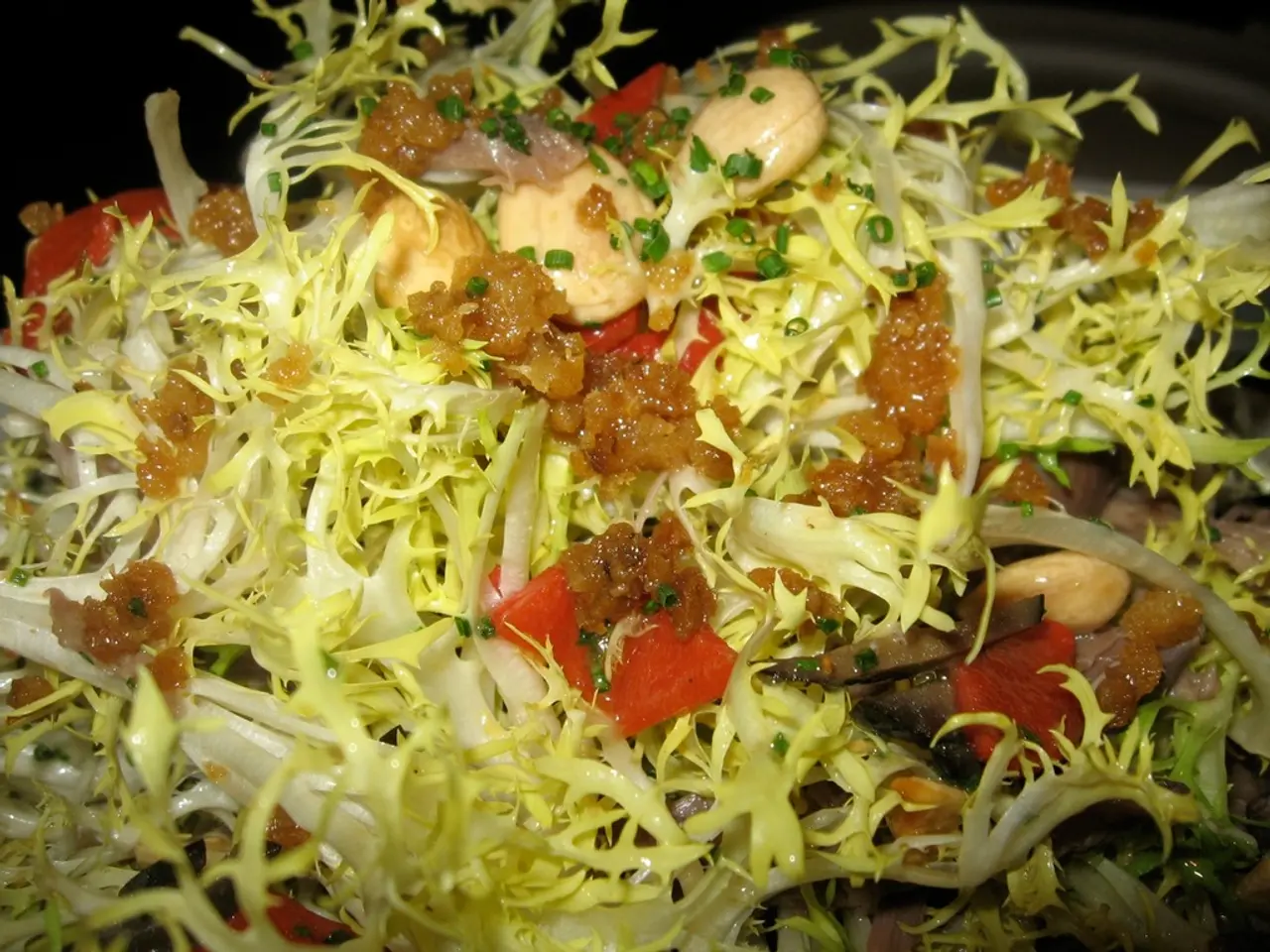Outdoor Cooking Practices Across the Globe Foster Strong Family Ties through 7 distinguishing methods
From the far reaches of Japan to the heart of South America, outdoor cooking has long been a cherished tradition, bringing communities together and showcasing the rich flavors of each culture. Here, we delve into six remarkable cooking techniques that have stood the test of time.
1. Argentine Asado
Asado, a traditional Argentine method of grilling meats over an open flame, is renowned for its slow cooking process that ensures tender and flavorful results. The technique typically involves cooking on a large grill or pit, with the meat placed on skewers or directly on grates.
2. Japanese Robatayaki
Robatayaki, or "fireside grilling," is a centuries-old Japanese technique that involves cooking ingredients slowly over hot charcoal, often using a specialized grill called a robata. The slow cooking process infuses a smoky flavor into the foods, which can include a variety of vegetables and meats.
3. Indian Tandoor
Tandoor cooking uses a clay oven (tandoor) to cook a variety of dishes, including breads like naan and tandoori roti, meats such as chicken tikka, and vegetables. The tandoor is heated to very high temperatures, allowing for quick cooking. The clay walls absorb moisture, creating a unique, slightly charred flavor in the food.
4. Peruvian Pachamanca
Pachamanca is an ancient Peruvian method of cooking meats and vegetables using heated stones and earth. The food is placed in a hole dug into the ground, covered with leaves, and then hot stones are added to cook the meal. The technique involves slow cooking over several hours, allowing the natural flavors of the ingredients to meld together.
5. Finnish and Scandinavian Smokehouses
While not strictly outdoor, traditional smokehouses in these regions use wood smoke to cure and preserve meats and fish, often over open fires. The smoking process imparts unique flavors to the food.
6. Native American Pit Cooking
Similar to Peruvian Pachamanca, this method involves digging a pit and lining it with hot stones. Food is wrapped in leaves and cooked underground.
These outdoor cooking techniques highlight the diversity and richness of global culinary traditions, each with its unique methods and flavors. In Peru, Pachamanca cooking honors indigenous traditions by using native Andean ingredients and reflecting the country's biodiversity. Meanwhile, modern marination bags and vacuum sealer bags accelerate flavor penetration, reducing traditional marinating times while preserving authentic Mediterranean taste profiles.
As we explore these techniques, it's fascinating to see how they continue to evolve, with urban cooks utilizing cast-iron grill pans to recreate charcoal flavors indoors, and electric grills offering consistent temperature control for apartment dwellers. Whether it's the communal unveiling of the cooked food in Pachamanca that creates anticipation and celebration, or the elaborate spread of banchan side dishes that complement Korean galbi dining, each technique offers a unique glimpse into the cultural heritage and culinary traditions of its people.
- The cultural-travel experience can be enhanced by exploring various food-and-drink traditions, such as learning about the Argentine Asado method, a slow grilling technique that showcases Argentine lifestyle and community bonding.
- The expertise of Japanese cultural-travel tourists may be deepened by understanding Robatayaki, a centuries-old cooking technique that embodies the lifestyle of Japan, infusing foods with a smoky flavor and slow-cooking them over hot charcoal.




